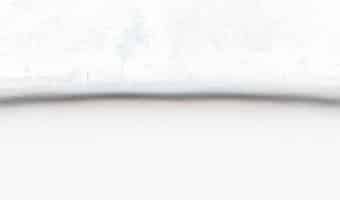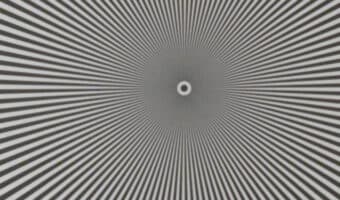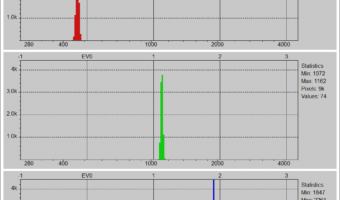This is the 45th in a series of posts on the Hasselblad X2D 100C camera and the XCD lenses. You will be able to find all the posts in this series by looking at the righthand column on this page and finding the Category “X2D”. Using the 90 mm f/2.5 XCD lens, I made some… [Read More]
Hasselblad 90/2.5 XCD-V on X2D — focus curvature
This is the 44th in a series of posts on the Hasselblad X2D 100C camera and the XCD lenses. You will be able to find all the posts in this series by looking at the righthand column on this page and finding the Category “X2D”. I test for focus curvature with Roger Cicala’s method. In… [Read More]
Hasselblad 90/2.5 XCD-V on X2D — Siemens star
This is the 43rd in a series of posts on the Hasselblad X2D 100C camera and the XCD lenses. You will be able to find all the posts in this series by looking at the righthand column on this page and finding the Category “X2D”. Some casual shooting with the new 90/2.5 XCD lens left… [Read More]
Hasselblad XCD 90/2.5 V lens on X2D
It’s taken almost a year to write this review. I received a review copy of the Hasselblad XCD 90 mm f/2.5 V lens in January. I performed most of my evaluations in the spring of last year. And then I waited for the lens to ship so that I could publish my thoughts. And waited…. [Read More]
Why Foveon images are so noisy
While I was looking at the Sigma DP1 Merrill Studio Scene raw file, I decided to look at some raw histograms. This is the histogram of the whole image: It’s a 12-bit analog to digital converter (ADC). The putative blue channel (what I call the white channel in a Foveon sensor) has about 50,000 pixels… [Read More]
- « Previous Page
- 1
- …
- 19
- 20
- 21
- 22
- 23
- …
- 574
- Next Page »



